Harbin University of Science and Technology
Introduction of Harbin University of Science and Technology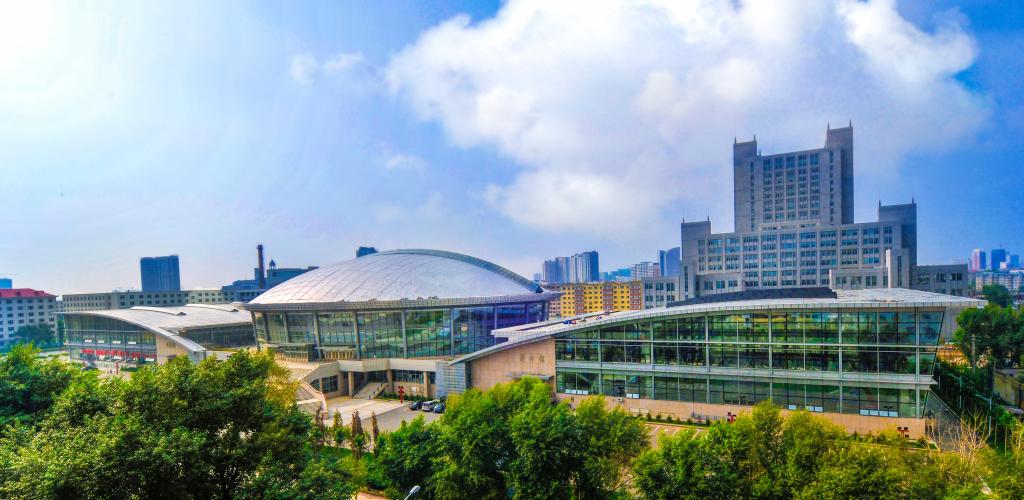
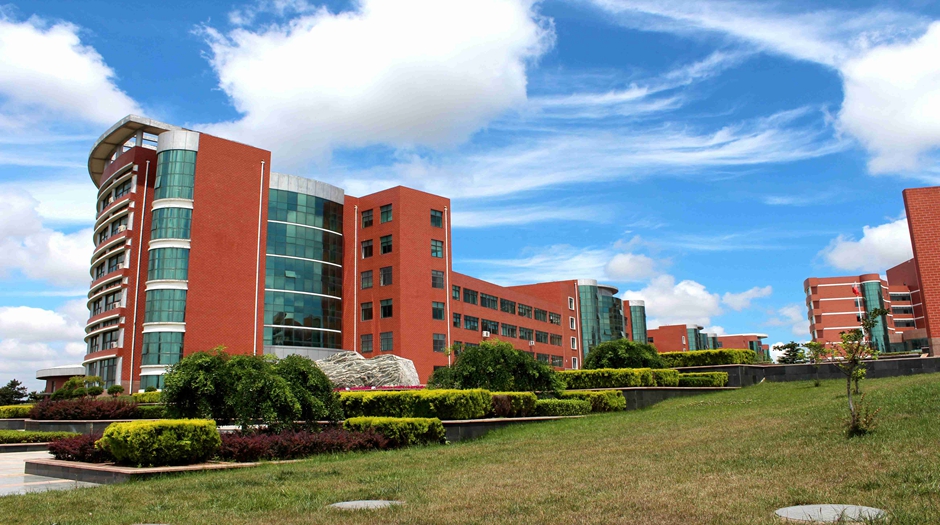
In 1995, three higher institutes, Harbin University of Science and Technology, Harbin Institute of Electrical Engineering and Harbin Higher Industrial Vocational College, combined into the present Harbin University of Science and Technology (HUST). Founded in the 1950s, the three all once belonged to the former Ministry of Machinery. In 1998, HUST was transferred to the management of Heilongjiang Province and is now the largest provincial polytechnic university. After 60 years of development, university has become a teaching-research university with distinctive style and comprehensive strength, focusing on the specialty of engineering and a combination of engineering and science, with coordinated development of disciplines of economics, management, philosophy, literature, law and education. In 2003, HUST was awarded by the Ministry of Education as an excellent university in undergraduate teaching evaluation.
HUST boasts four campuses, covering 2, 110, 000 m2, with a total infrastructure area of 880, 000 m2. Its library has a collection of 1.95 million books, 140, 000 Chinese and foreign journals and periodicals, 6.370 GB e-books, 22 literature databases and 2 self-built databases. The total number of teaching staff is 2,811, of whom 1,600 are full-time faculty and 816 are associate professors or professors, one academician of Chinese Academy of Engineering, and the total number of students has reached 32,000, with a little more than 100 international students.
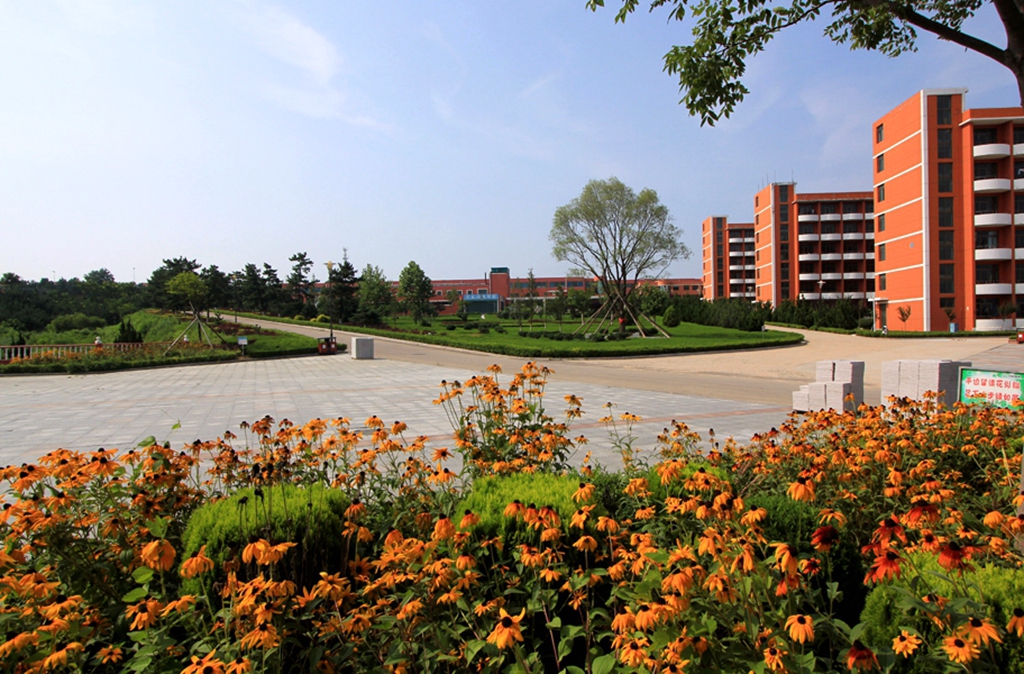
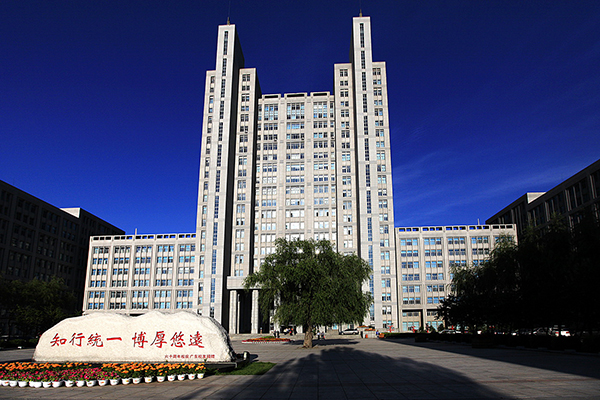
HUST has 20 colleges, 2 teaching departments and 4 training centers, offering 52 bachelor degree programs and 8 junior college programs, 8 of which are state key specialties, and 14 are provincial key programs; 52 master degree programs; 2 doctorate authorization first-level disciplines, 14 doctorate authorization second-level disciplines; 18 engineering master degree authorization programs; 14 special master programs for college teachers and an MBA degree authorization program; 5 post-doctoral research stations on Electrical Engineering, Instrument Science and Technology, Material Science and Engineering, Mechanical Engineering, and Management Science and Engineering. High Voltage and Insulation Technology is the state-level key discipline, and Equipment Manufacturing Technology is the provincial key discipline group. There are 3 provincial first-level key disciplines and 20 provincial second-level disciplines. HUST also has a State University Technopark, a State Key Laboratory Breeding Base, a Key Lab of Ministry of Education, an Engineering Research Center of Ministry of Education, 6 provincial key laboratories (engineering centers), 6 provincial university key laboratories, 3 provincial university-enterprise engineering research centers and one Design Institute of A-class qualification.
Since the 10th Five-Year Plan, HUST has undertaken 181 state projects including “973 Programs”, “863 Programs” and State Natural Science Foundation, 980 provincial and ministerial projects and 1,500 enterprise-commissioned projects. For the technological achievements, HUST has won a Second State Grade Prize of State Technological Innovation, a Second Grade Prize of State Science and Technology Progress, and more than 126 awards of provincial and ministerial level. In teaching research, HUST has won 1 State Teaching Achievements Awards, 8 first-rate 44 second-rate Provincial Teaching Achievement Awards. The teaching and research staff have published more than 300 academic books and more than 8,000 academic papers, 2,000 of which have been collected into the three major retrieval systems. HUST publishes 4 journals: Electric Machines and Control, Journal of Harbin University of Science and Technology, Science-Technology and Management, and Research of Ideological and Political Education, among which Electric Machines and Control is collected into EI Compendex (core) database, and Journal of Harbin University of Science and Technology is a state key journal.
With the guideline of coordinating internal and external resources, HUST actively promotes international cooperation and academic exchanges. So far it has established long-term cooperation with many universities or research institutes in more than countries in Europe, America and the Asian-pacific region. Substantial achievements have been made in teaching and learning, scientific research, and the cultivation of talented personnel. To promote the construction of Shandong Peninsula’s manufacturing base, HUST established Rongcheng College of HUST in 2006 with the cooperation of Rongcheng City.
With 60 years of development, HUST has cultivated tens of thousands of talents for manufacturing industry, and many graduates have become backbones in technical field or leaders in large or medium enterprises. The university is renowned as the “Cradle of Engineers”. At the turn of the 21st century, in order to become a first-class local polytechnic university by 2020, HUST will “stabilize school size, improve teaching quality, highlight school characteristics, and consolidate the basis for high-level teaching-research university”.
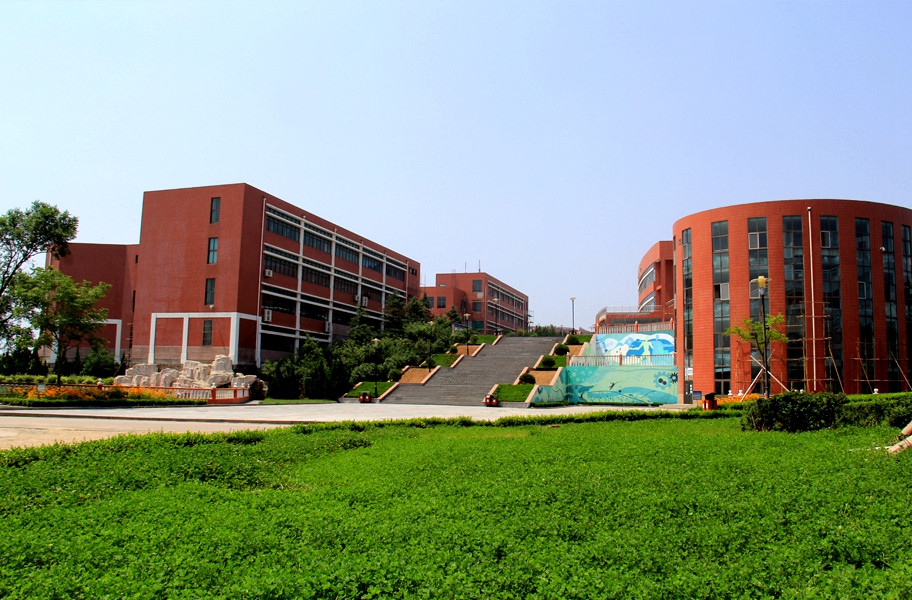
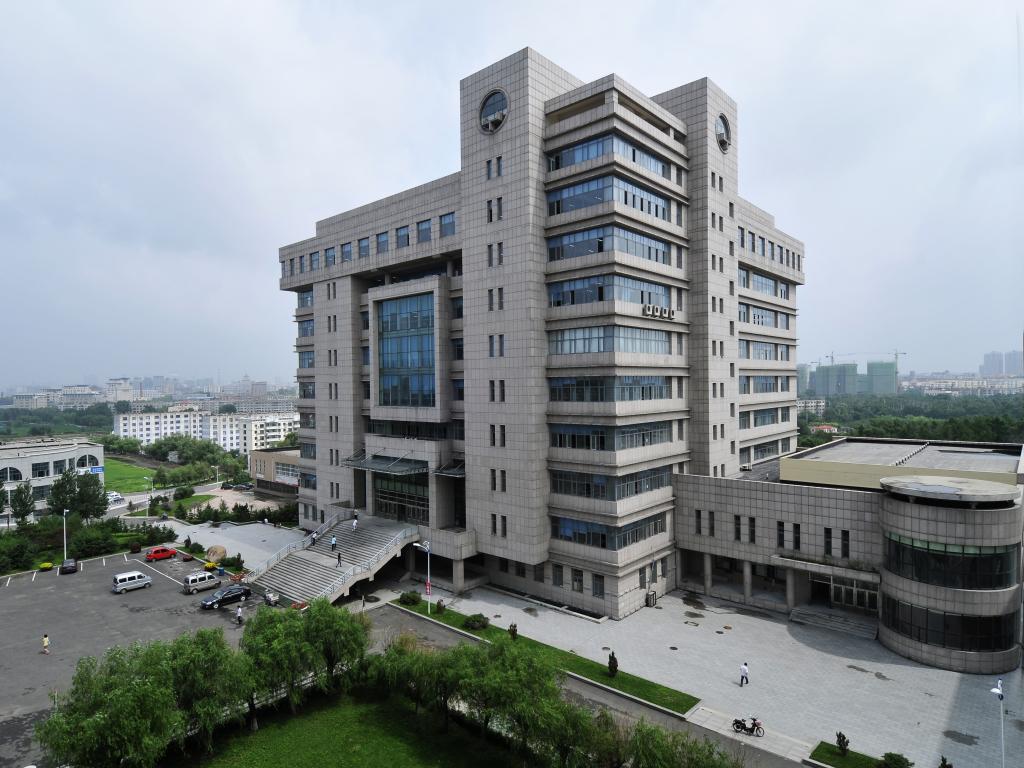
Full-time English Teachers needed
Number required: 2 Posts
Contract Period: 1st Mar, 2025 - 31st Jan, 2026
1st Sep, 2025 - 15th Jul, 2026
Requirements: BA and TESOL /TEFL. Some teaching experience preferred
Monthly Salary: 9,000 RMB or above (Negotiable, depends on the qualification and teaching experience)
Teaching hours: 16-18 hours per week
Accommodation: A free private apartment will be provided. The apartment includes two bedrooms, living room, kitchen and bathroom (With air-condition, TV, Bed, Sofa. etc.). free ADSL Access . Fridge, and cooking utilities.
Internet access (Free): internet access at the apartment
Age of students: university students
Insurance: The same treatment as the colleagues in our school
Closest Airport: Harbin Taiping airport
Paid Holiday: 2 days off per week; public holidays in China; winter holiday
Airticket reinbursement: The school will reimburse the teacher the cost of round trip air-ticket on completion of the one school year contract.